
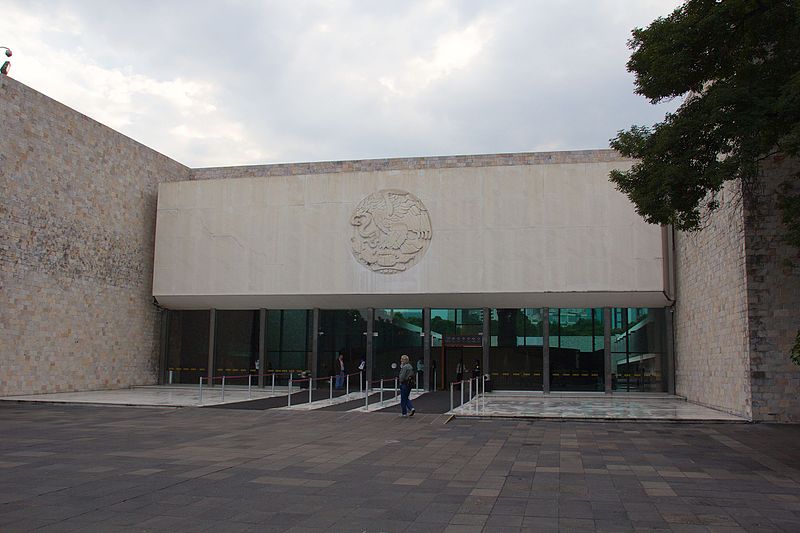

El museo más frecuentado de todo México, el Museo Nacional de Antropología (MNA) es una parada obligada para los visitantes de todo el mundo.
Entre 1940 y 1960 floreció un intenso movimiento intelectual que buscaba una identidad mexicana basada en la dignidad de la herencia indígena que durante mucho tiempo había sido menospreciada. Esta organización quería crear un gran museo para unir todo el legado indígena mexicano, especialmente el obtenido a través de la arqueología.
La administración del presidente Adolfo López Mateos inició la planificación y bajo la dirección del arquitecto Pedro Ramírez Vázquez el museo fue levantado entre 1963 y 1964. Hoy, el Museo Nacional de Antropología es conocido mundialmente por la riqueza y calidad de las colecciones que exhibe.
La colección data de 1790 cuando se descubrió la Piedra del Sol en la base de la Catedral Metropolitana. En los años siguientes se redescubrieron importantes obras: esculturas monumentales de Coatlicue, la Piedra Tizoc y la colosal cabeza de Xiuhcóatl (la serpiente de fuego). Estos hallazgos alimentaron un mayor interés por el conocimiento y el deseo de proteger este patrimonio cultural y sus significados.
El diseño del edificio también ha ganado premios y destaca el denominado “paraguas”, escultura monumental (en la foto) que constituye el principal foco de atención del patio del museo. Diseñado al estilo de los foros abiertos de los centros ceremoniales mayas, todas las decoraciones de la fachada son alegóricas, haciendo referencia a símbolos prehispánicos como la serpiente y el caracol.
El Museo Nacional de Antropología se divide en dos grandes secciones.
La sección de Antropología ocupa la planta baja del edificio, y el acceso a las salas se realiza directamente desde el gran patio central. Esta sección está compuesta por once galerías:
En el centro del museo, dominando la sala central, se encuentra la gran piedra del calendario azteca recuperada de las ruinas de Tenochtitlán, la Piedra del Sol.
![]() El Circuito Centro Histórico del Turibús hace una parada sobre Paseo de la Reforma y en el cruce de Avenida Grutas. El Monolito de Tlaloc es claramente visible desde esa parte de Reforma.
El Circuito Centro Histórico del Turibús hace una parada sobre Paseo de la Reforma y en el cruce de Avenida Grutas. El Monolito de Tlaloc es claramente visible desde esa parte de Reforma.
Horario: Martes a domingo de 9:00 a 17:00 horas.
 atencion.mna@inah.gob.mx
atencion.mna@inah.gob.mx
 +52 (55) 5553-6266
+52 (55) 5553-6266
 https://mna.inah.gob.mx/
https://mna.inah.gob.mx/
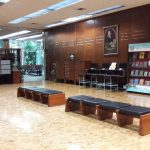
Cercano a 0.12 kms.
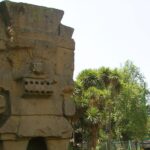
Cercano a 0.16 kms.
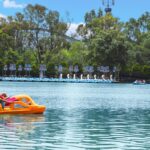
Cercano a 0.26 kms.
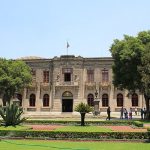
El Castillo de Chapultepec es uno de los principales sitios de la ciudad, ¡y también uno de los más altos que puedes visitar!
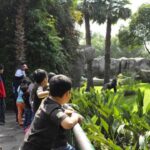
El Zoológico de Chapultepec sigue siendo una de las partes favoritas del parque. Con los niños, se pone aún mejor.

El famoso lago de Chapultepec es, de hecho, uno de varios cuerpos de agua, en un parque tan grande como algunas ciudades.
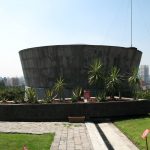
Uno de los museos más queridos de Chapultepec, el Caracol sigue siendo la presentación más dinámica de la historia de la ciudad.